by
Team Africa Geographic
Tuesday, 28 March 2023
Our Photographer of the Year 2023 is open for submissions, with cash prizes of US$10,000 for the winner and two runners-up. Winners and their partners will also join our CEO Simon Espley and his wife Lizz on the ultimate private safari
Photographer of the Year is open for entries from 1 February 2023 to midnight on 30 April 2023. Judging for Photographer of the Year will take place throughout those months and for the month of May 2023, and the winners will be announced in early June 2023.
Photographer of the Year is proudly brought to you by Hemmersbach Rhino Force and Mashatu Botswana .
Here are the best Photographer of the Year submissions for this week
Dawn breaks over the plains of the Maasai Mara. Maasai Mara National Reserve, Kenya. © Alexia Chevron Bottlenose dolphins and dusky sharks pursue a school of mackerel in a feeding frenzy. “To see this in their natural environment is just unexplainable; I hope the picture helps.” Port St. Johns, Eastern Cape, South Africa. © Allen Walker Take the road less travelled. An aerial drone photograph of a safari vehicle in the Namib dunes. NamibRand Nature Reserve, Namibia. © Andrew Morgan I spy with my little eye, something beginning with “L”. Maasai Mara National Reserve, Kenya. © Andrew Skinner “This place is called the salt well of Palmarin. The difference of colours is directly linked to the degree of salinity, which varies from well to well depending on the evaporation of the water.” Sine-Saloum, Sénégal. © Anne-Françoise Tasnier This ill-fated red lechwe calf was unable to keep up with its herd as they fled through the deep water. Okavango Delta, Botswana. © Bill Klipp It never rains, but it pours. A bad feather day for a spotted eagle-owl after a heavy storm at Piper Pan. Central Kalahari Game Reserve, Botswana. © Christo Giliomee The uncanny feline ability to make even a leadwood tree look comfortable. Okavango Delta, Botswana. © Cindee Beechwood Sundowners for these Nxai Pan elephants at the local watering hole. Nxai Pans National Park, Botswana. © Ernest Porter All that glisters is not gold. A moment of peace for this young male leopard on a misty morning at Transport dam. Kruger National Park, South Africa. © Garry Mills Whoops. A tiny terrapin slips from the grasp of a juvenile pale chanting goshawk. Etosha National Park, Namibia. © Gerrie Rall Making Rudyard Kipling proud. A yellow mongoose shows off its best Rikki-Tikki-Tavi moves in a showdown with a Cape cobra. Nossob Camp, Kgalagadi Transfrontier Park, South Africa. © Greg Ewing In the cold Atlantic kelp forest, a compass jellyfish (Chrysaora sp. ) floats like a butterfly and stings like a bee. Cape Town, Western Cape, South Africa. © Gunnar Oberhoesel Icons. “Because of Craig’s placid temperament, the Maasai people allow him to wander unhindered through their land. They will go out in the mornings and locate him so that they can take tourists to see him.” Amboseli National Park, Kenya. © Hesté de Beer A minimalist portrait of a black-winged stilt – the photographer’s reward for having laid in cold mud for over an hour while being attacked by biting flies. Delareyville, North West, South Africa. © John Mullineux “At the top of my list was to capture the incredible and similar hands we share with gorillas. As luck would have it, some of the very first images I captured were of this mother and her infant tenderly holding hands. It remains one of my favourite images but also my favourite moment in the field.” Bwindi Impenetrable National Park, Uganda. © Michael Stavrakakis A dhow launching into the sunrise. Diani Beach, Kenya. © Simone Osborne Circling the shark. A blacktip shark glides into a bait ball of anchovy fish. Port St. Johns, Eastern Cape, South Africa. © Allen Walker A nine-week-old leopard cub resting in a marula tree in the northern Sabi Sands. Sabi Sands Game Reserve, South Africa. © Nicholas Greeff A southern ground-hornbill appears to have been grocery shopping at a little shop of horrors. Kruger National Park, South Africa. © Ernest Porter “A Knysna turaco flashes brilliant colours as it darts from tree to tree in the dappled light of the Afromontane forests of the Western Cape.” Turacos are the only truly green birds in the world, thanks to a unique pigment called turacoverdin. Wilderness, Western Cape, South Africa. © Oliver Rood A misunderstood Kenyan sand boa (Eryx colubrinus ) waits for prey in the red sands of Tsavo. They are sometimes called the “snake of seven steps”, based on the traditional but erroneous belief that if it bites you, you will take seven steps and die. It is non-venomous. Tsavo National Park, Kenya. © Robin James Backhouse Houston, we have lift-off! A white-backed duck gathers momentum on its Chobe River runway. Chobe National Park, Botswana. © Christo Giliomee The silhouettes of Hamer Tribe members in Omo Valley. Ethiopia. © Simone Osborne We should all take a leaf out of this white-headed buffalo weaver’s book and take things one step at a time. Serengeti National Park, Tanzania. © Stuart Hahn To comment on this story: Login (or sign up) to our app here - it's a troll-free safe place 🙂.



![]()
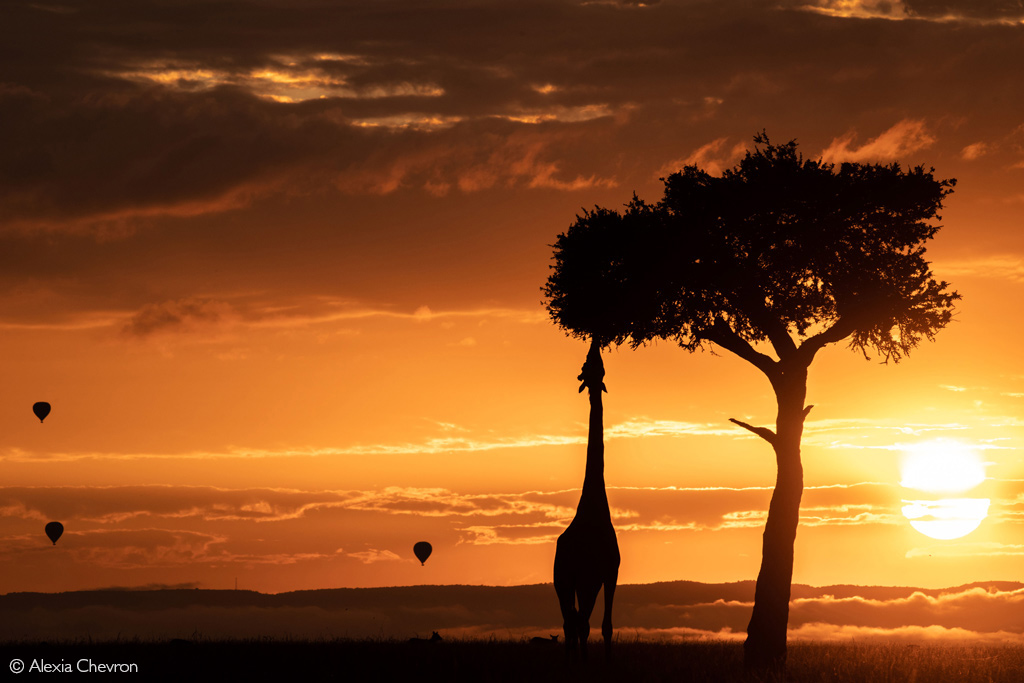


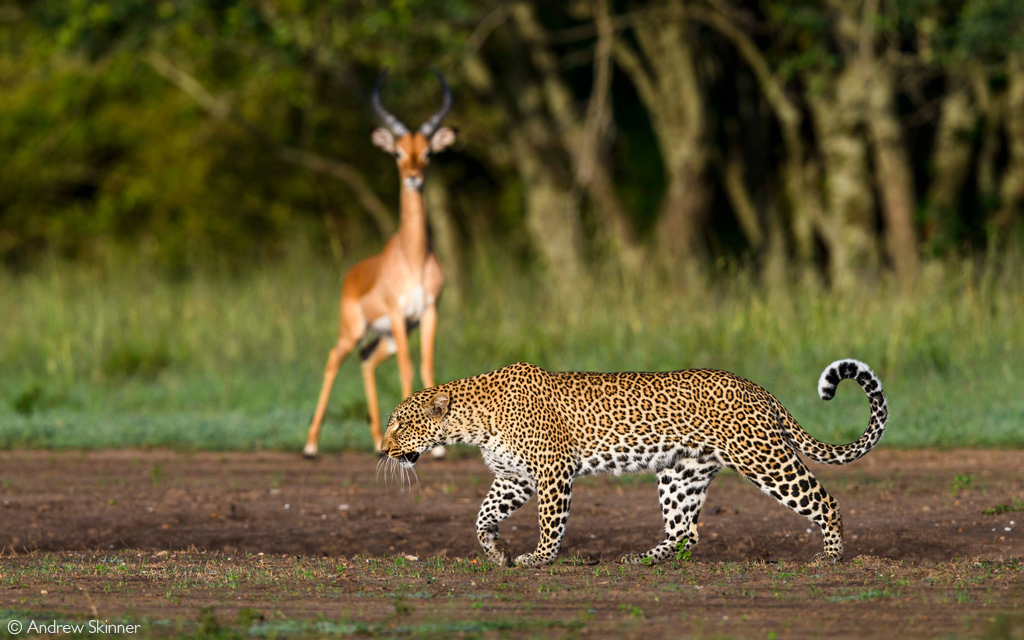
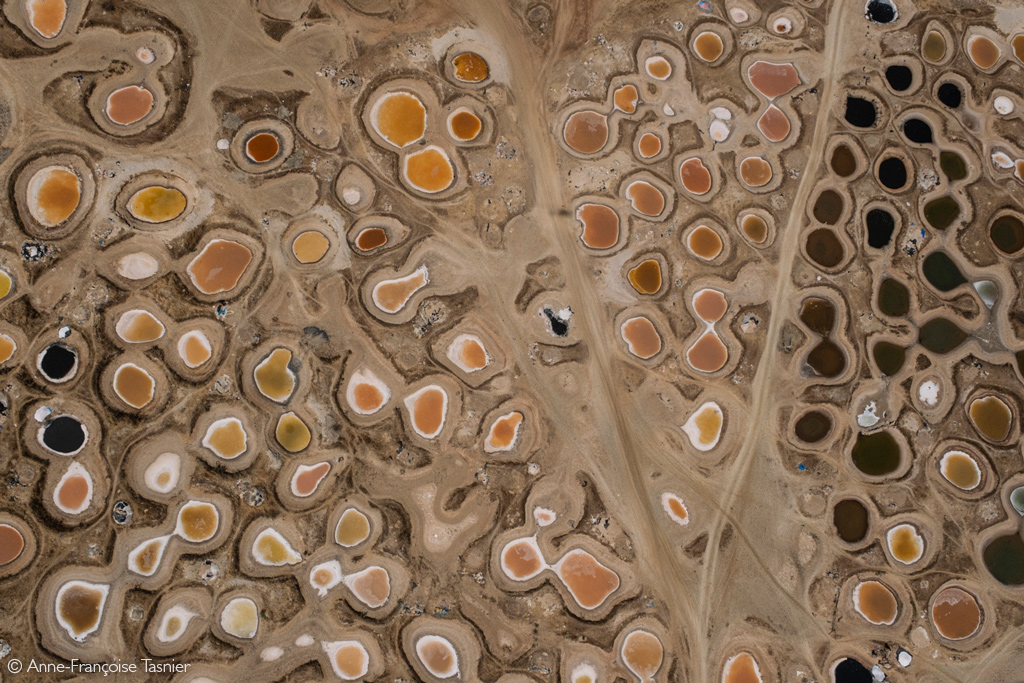
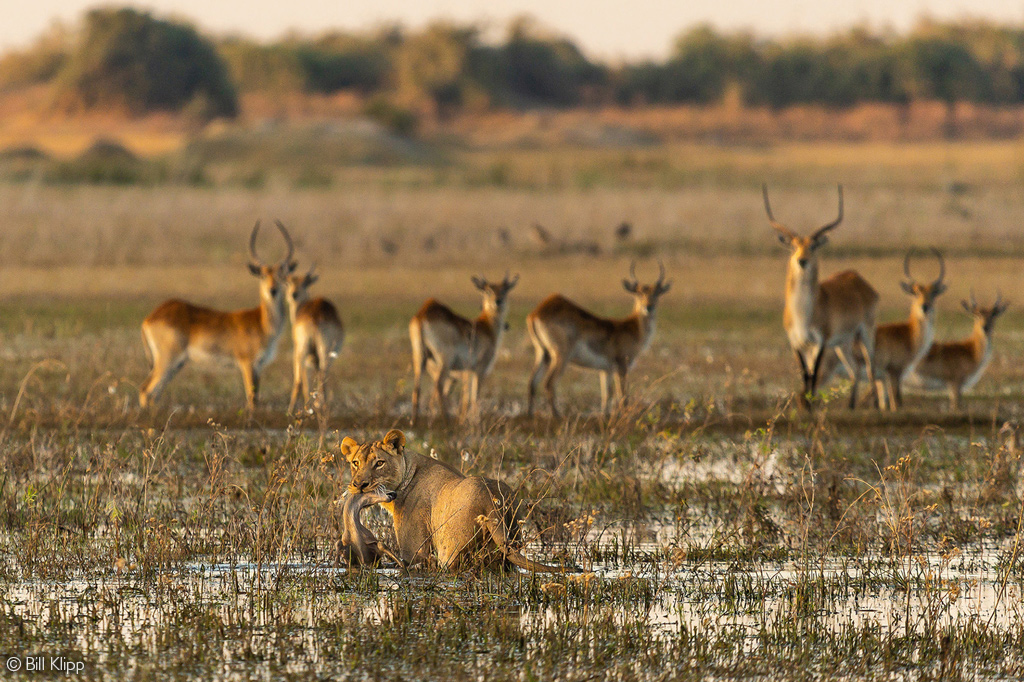
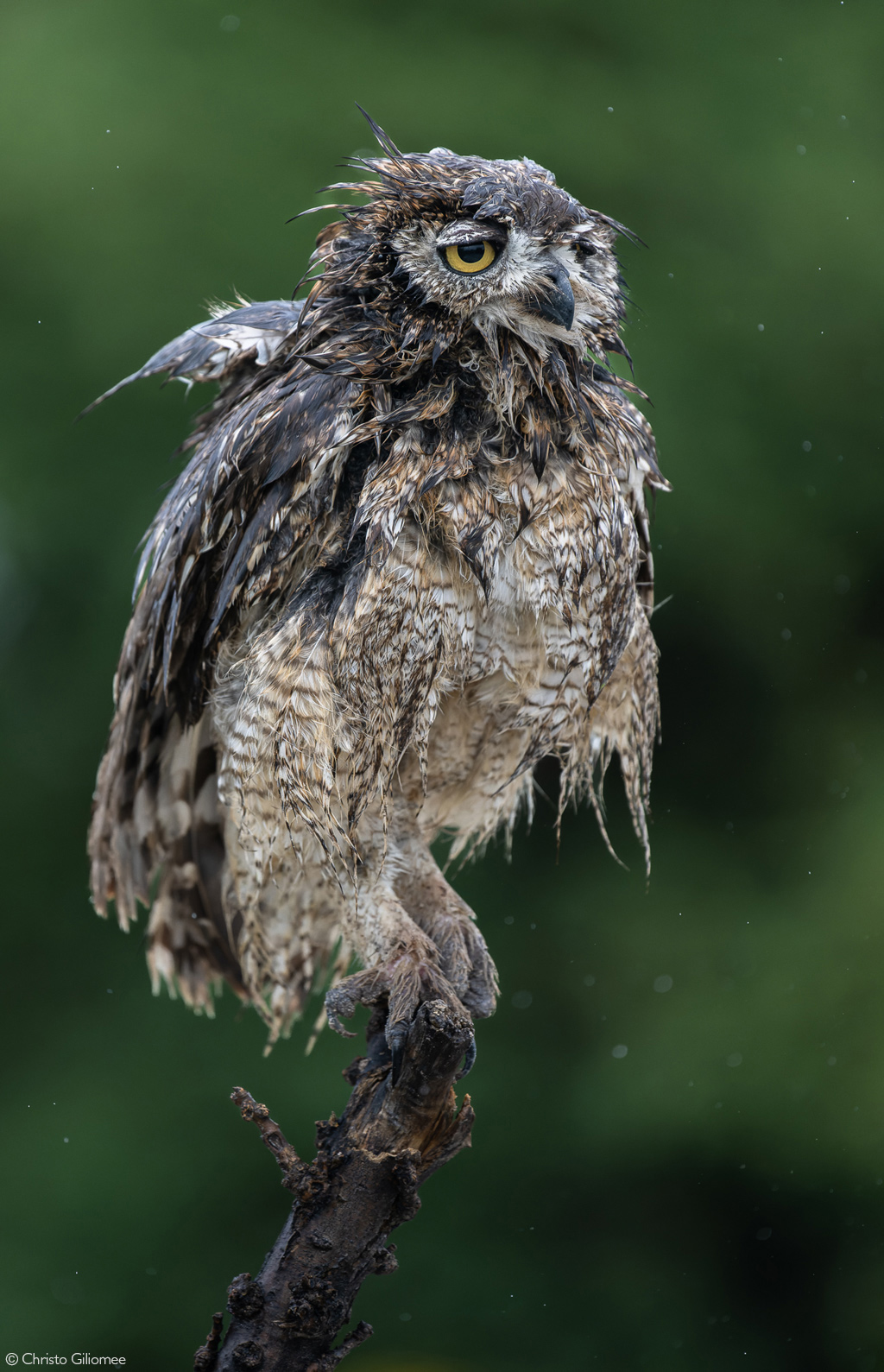

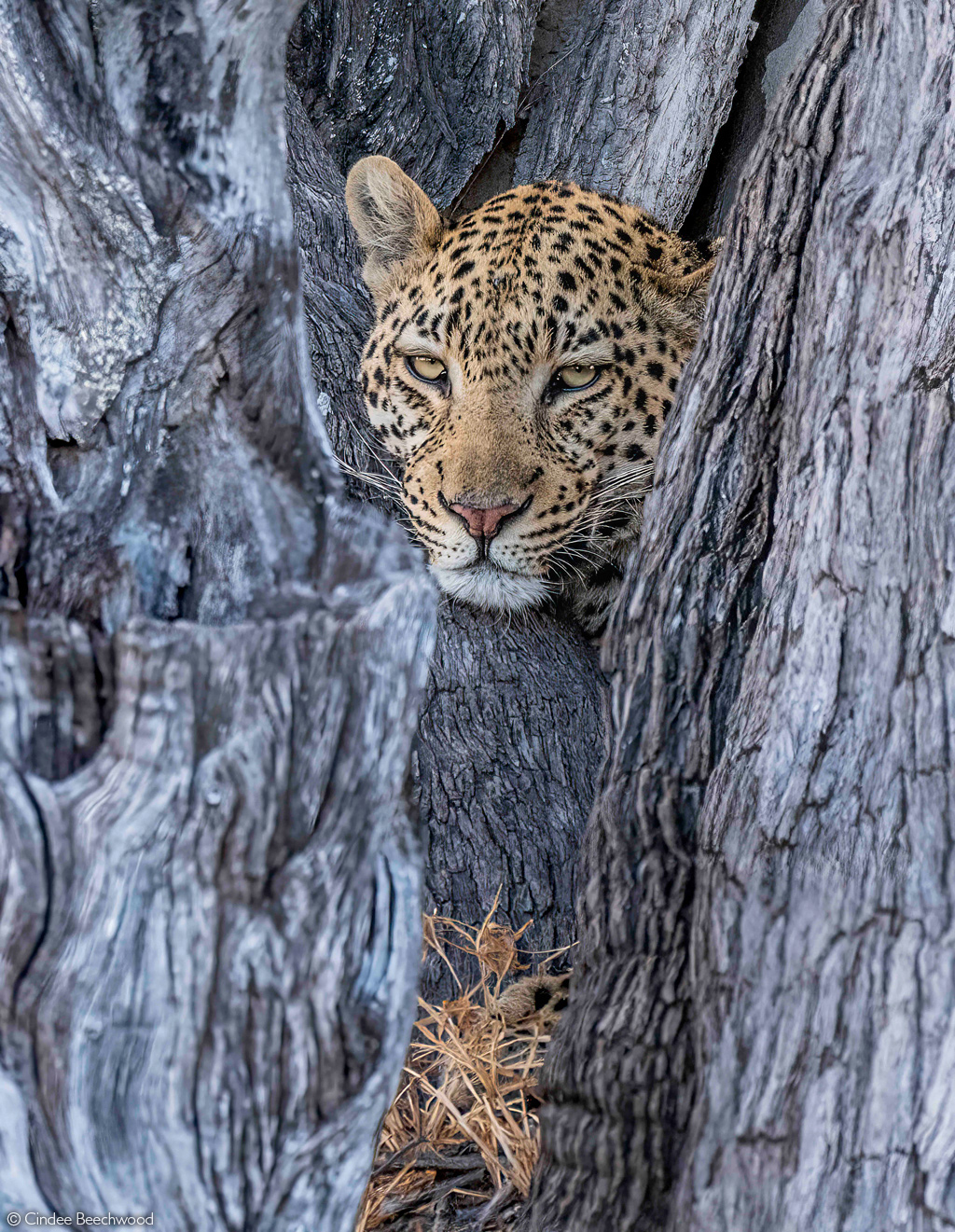
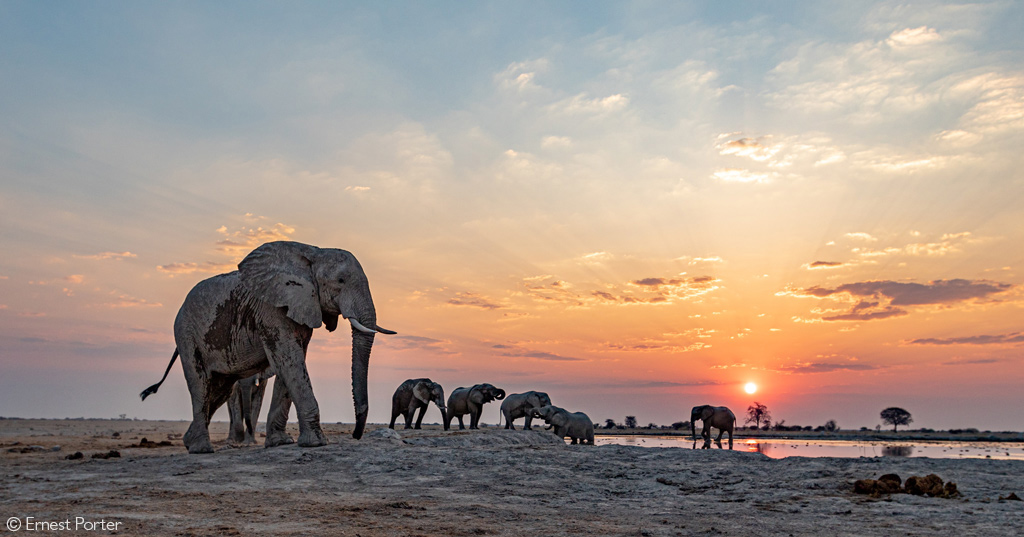
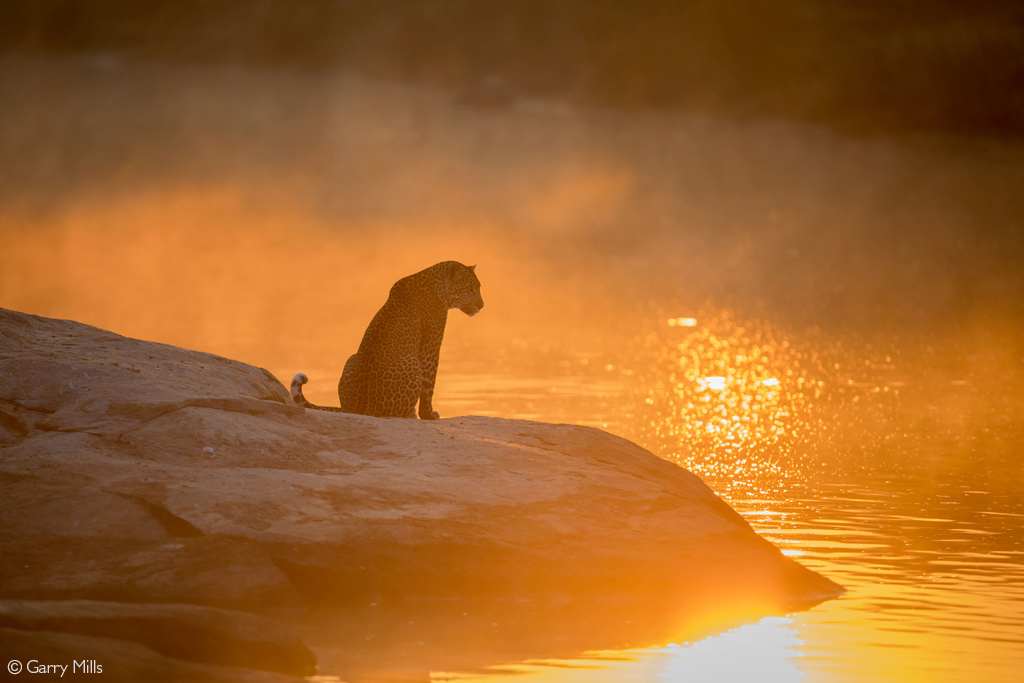

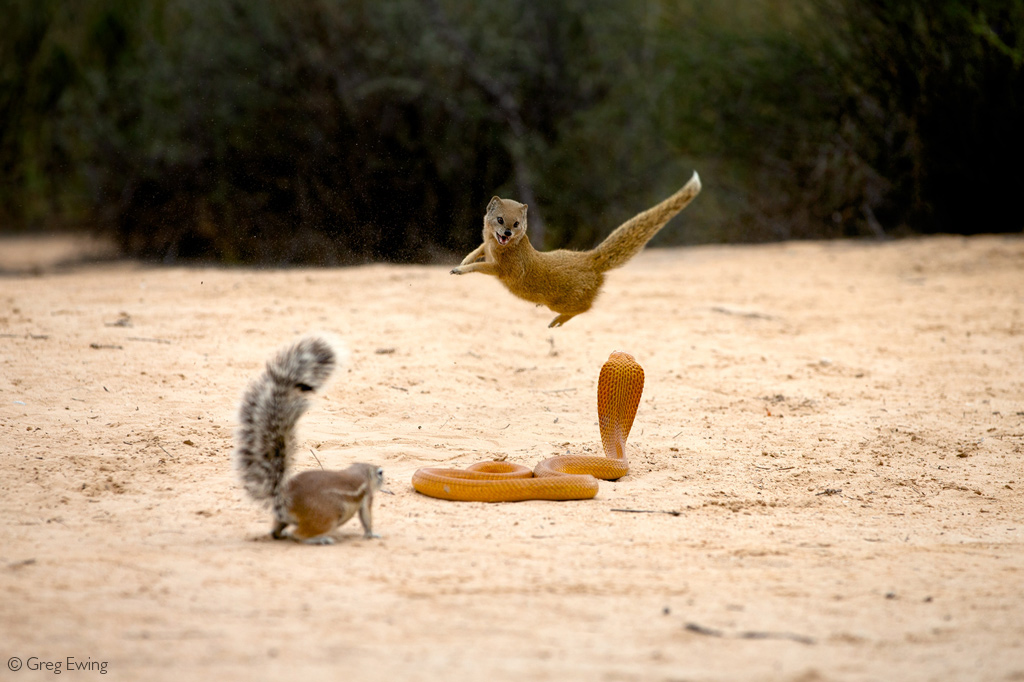
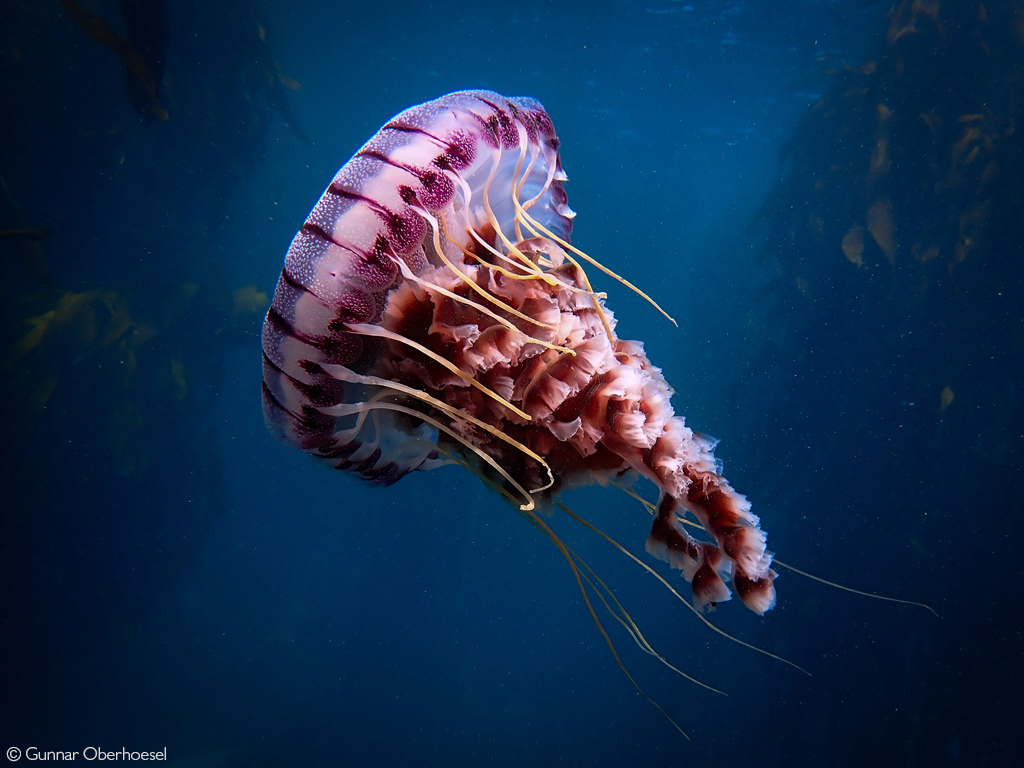
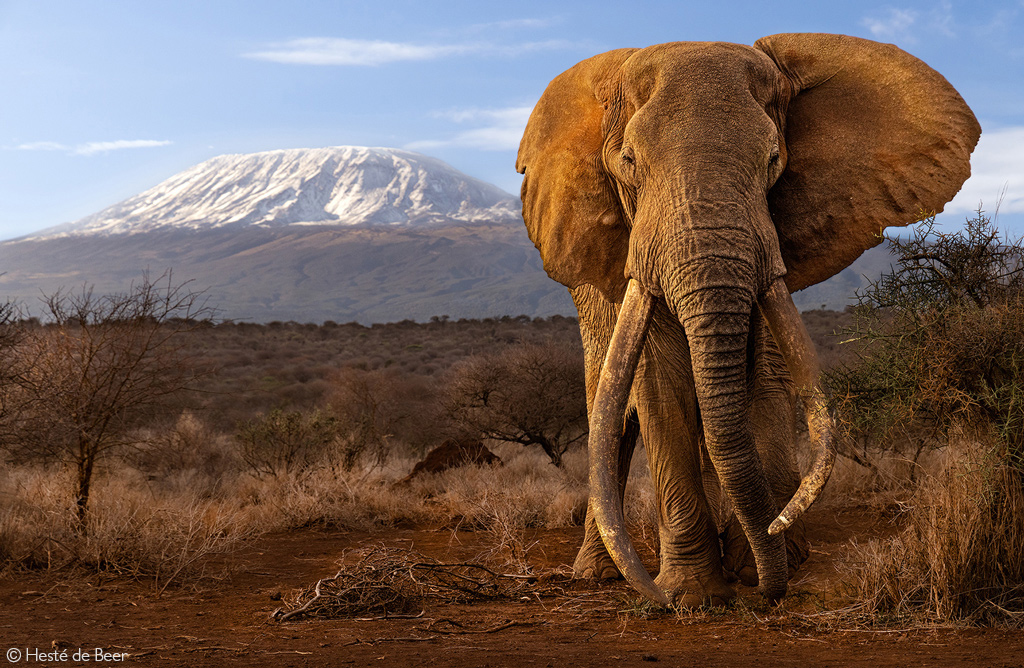

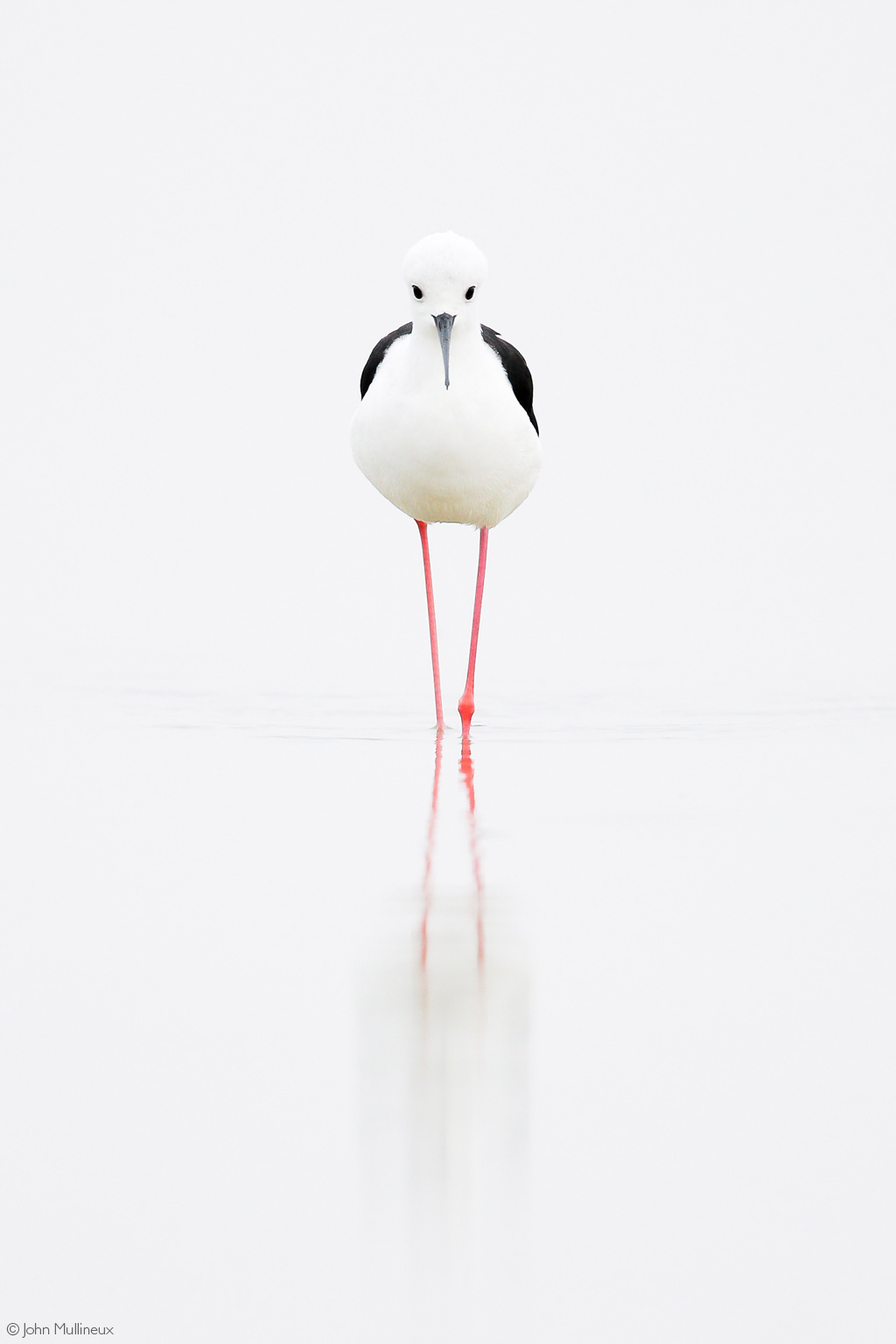

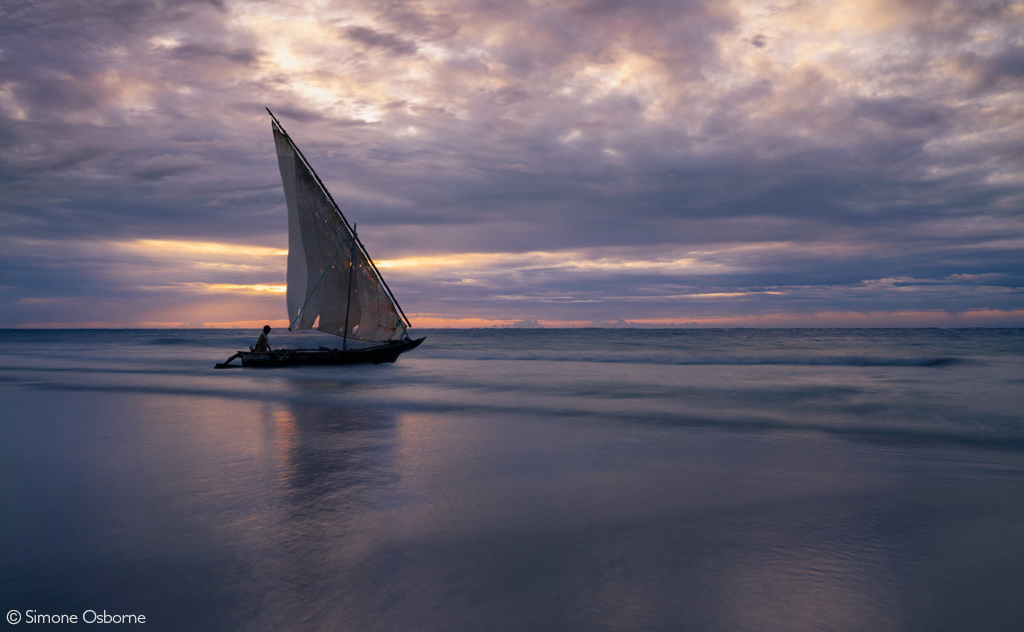
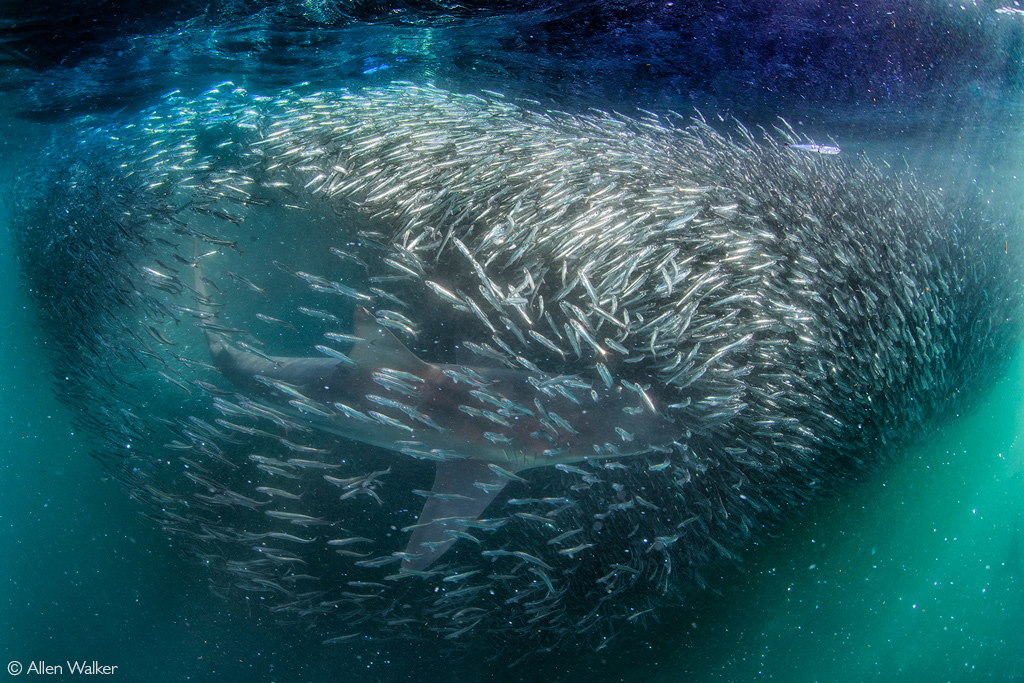
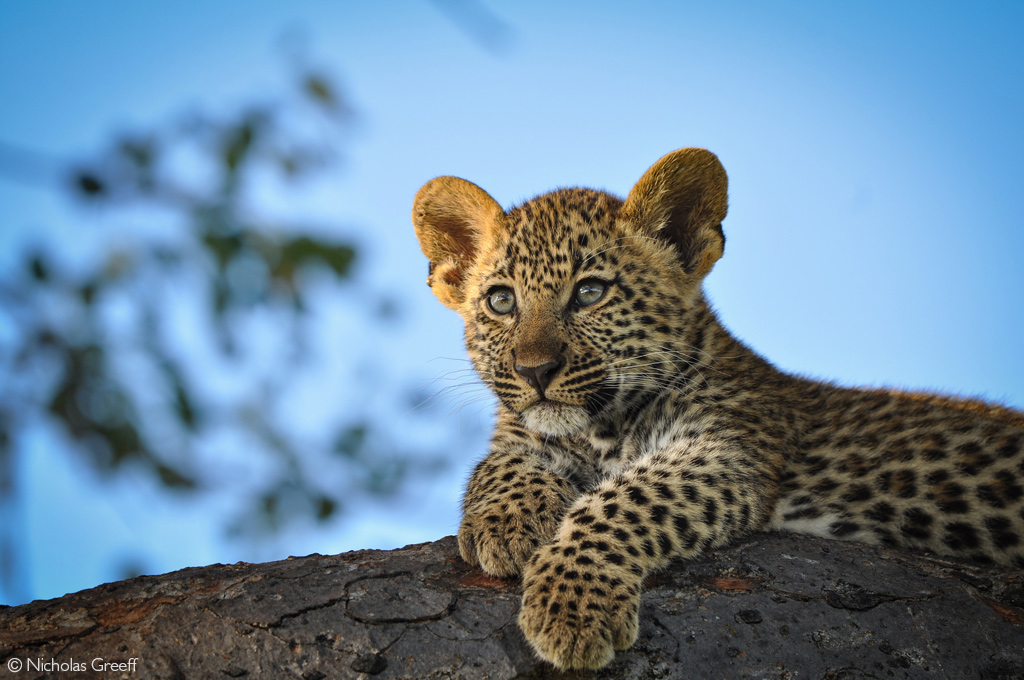
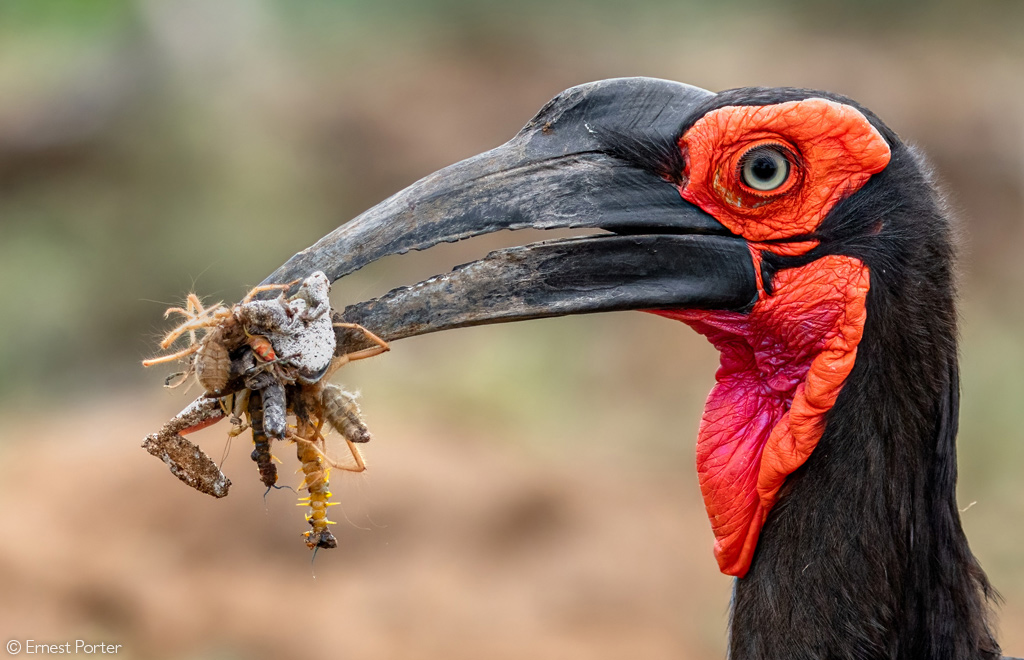
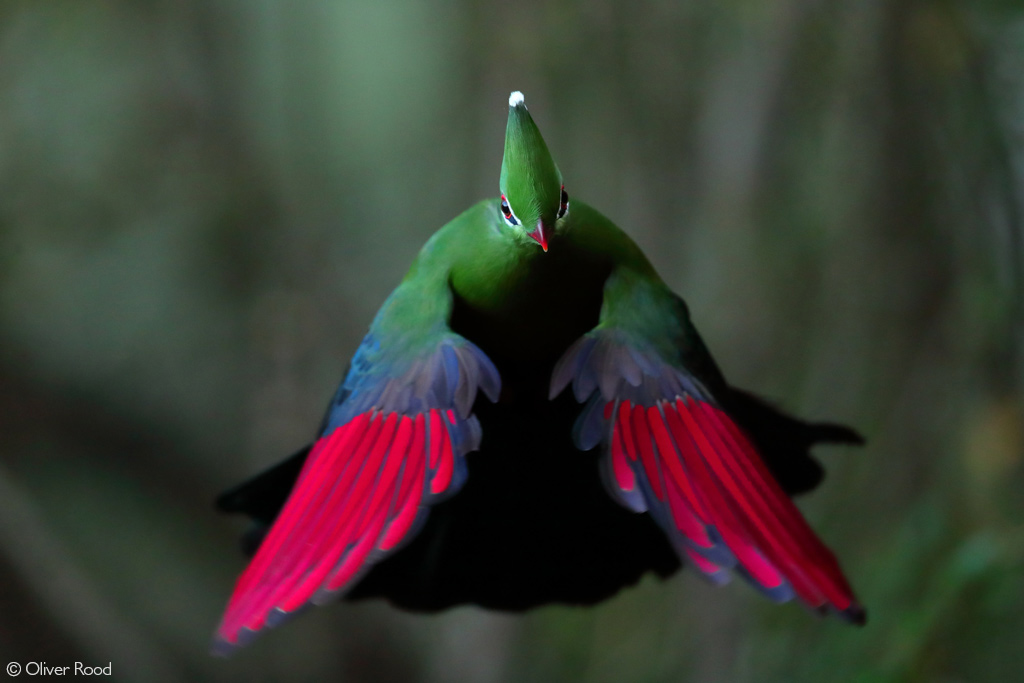

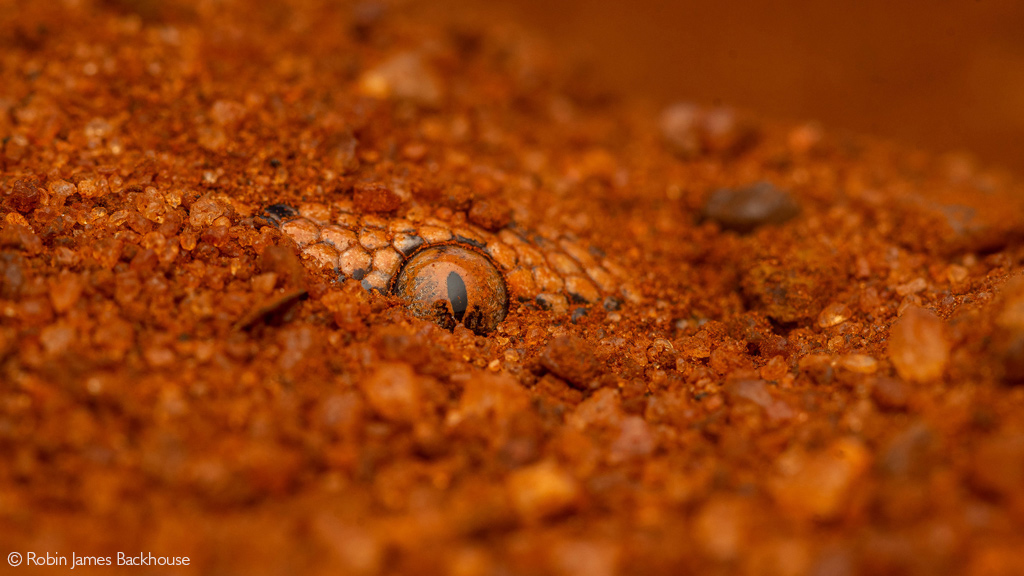
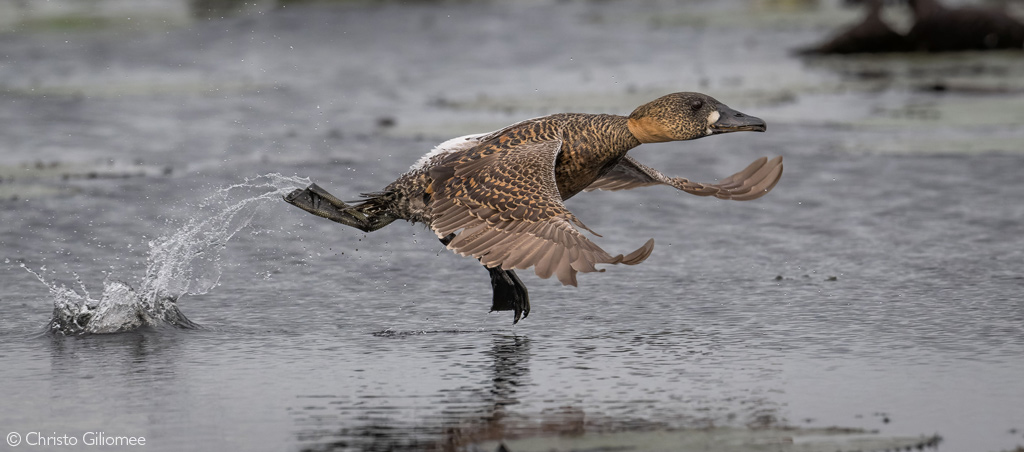


![]()




